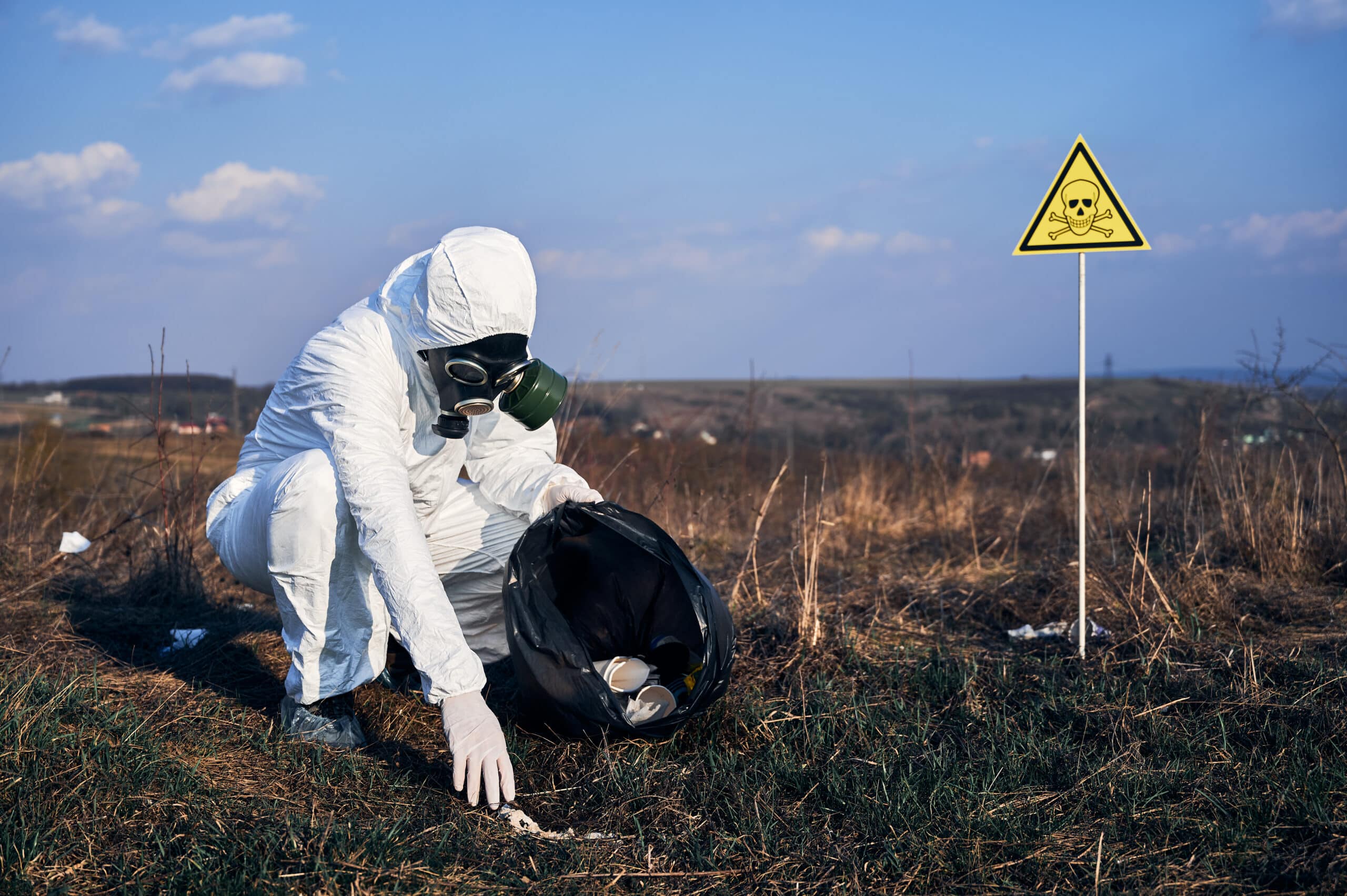With every new dawn, the scale of the world’s human waste problem increases substantially, due the high levels of coliform bacteria such as E coli from human faeces and other dangerous pollutants that choke our ecosystems and, harm the health of the communities already living under dreadful conditions.
We know that, to find the right fix, one has to look in the right places and that is where MEB excels.
First and foremost, our prime driver is to understand the communities we work for to develop solutions that best fit their needs – this by far, speeds up the process of providing access to adequate sanitation and adapting failing infrastructure to a rapidly changing world.
Decentralized and biological-based innovations, such as the MABR (Membrane Aerated Biofilm Reactor), are considered a key innovation to upgrading urban wastewater systems and reducing pressure on, or providing affordable and effective alternatives to, centralized treatment systems.
Still not sure where to begin? Start with making contact with our formidable engineers and they will assess what can be done to improve your current situation.

